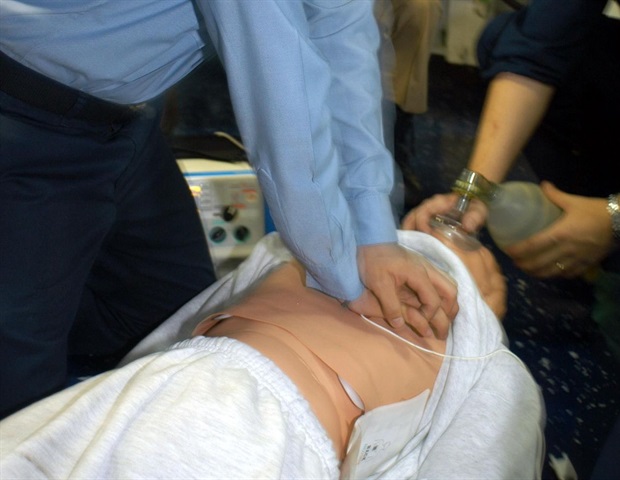
Announcing a new article publication for Cardiovascular Innovations and Applications journal. Myocardial infarction (MI) triggers adverse remodeling mechanisms, thus leading to heart failure. Since the application of biomaterial-based scaffolds emerged as a viable approach for providing mechanical support and promoting cell growth, injectable hydrogels have garnered substantial attention in MI treatment because of their minimally invasive administration through injection and diminished risk of infection.
To fully understand the interplay between injectable hydrogels and infarcted myocardium repair, this review provides an overview of recent advances in injectable hydrogel-mediated MI therapy, including: I) material designs for repairing the infarcted myocardium, considering the pathophysiological mechanism of MI and design principles for biomaterials in MI treatment; II) the development of injectable functional hydrogels for MI treatment, including conductive, self-healing, drug-loaded, and stimulus-responsive hydrogels; and III) research progress in using injectable hydrogels to restore cardiac function in infarcted myocardium by promoting neovascularization, enhancing cardiomyocyte proliferation, decreasing myocardial fibrosis, and inhibiting excessive inflammation.
Overall, this review presents the current state of injectable hydrogel research in MI treatment, offering valuable information to facilitate interdisciplinary knowledge transfer and enable the development of prognostic markers for suitable injectable materials.
Source:
Journal reference:
Yi, B., et al. (2024). Overview of Injectable Hydrogels for the Treatment of Myocardial Infarction. Cardiovascular Innovations and Applications. doi.org/10.15212/cvia.2024.0019.







